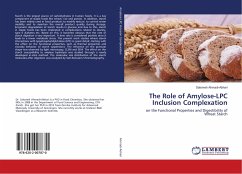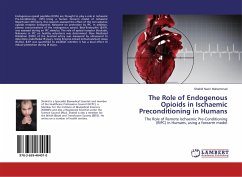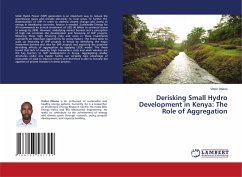Starch is the largest source of carbohydrates in human foods. It is a key component of staple foods like wheat, rice and potato. In addition, starch has been widely used in food products to modify texture, to control water mobility and to maintain the overall product quality during storage. Enzymatic degradation of starch results in glucose and due to this, starch in staple foods has been implicated in complications related to obesity, type II diabetes etc. Based on this, it becomes obvious that the rate of starch digestion is very important. A slow rate is considered positive since it leads to a lower metabolic stress. The present work studies wheat starch interactions with lysophosphatidylcholine (LPC) in great detail; starting with the effect on the functional properties, such as thermal properties and viscosity behavior of starch suspensions. The influence on the granular shape was observed by light microscopy, CLSM and SEM. The effect on the starch susceptibility to amylase hydrolysis was studied through a newly developed in-vitro method. The molecular size distribution of the starch molecules after digestion was analyzed by Size-Exclusion Chromatography.
Bitte wählen Sie Ihr Anliegen aus.
Rechnungen
Retourenschein anfordern
Bestellstatus
Storno








